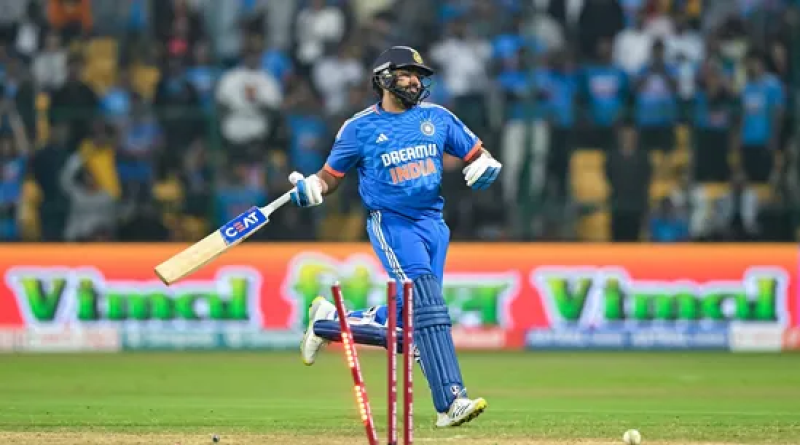Double Super Over Drama Unfolds: Decoding the Rules and Tactics

New Delhi: In an unprecedented turn of events, the third T20 match between India and Afghanistan etched its name in history with a thrilling double super over, the first of its kind in international cricket. Amidst the close encounter, several interesting rules and tactical decisions came to light, leaving fans on the edge of their seats.
As both the teams scored the same score of 212 in the stipulated 20 overs, drama unfolded with the start of the Super Over. Here are the details of some of the key aspects that added spice to this remarkable encounter:
1. Bowler’s Dilemma:
In a double super over, a bowler who took part in the first super over is ineligible to bowl in the second super over. Due to this rule, Afghanistan turned to Farid Ahmed after early heroics from Azmatullah Umarzai and Mukesh Kumar. India captain Rohit Sharma strategically handed the ball to leg spinner Ravi Bishnoi, which resulted in a dramatic turn and ensured India’s victory.
2. Batting Switch Strategy:
Teams will have to change their batting order in the Super Over, the team batting second in the regular 20 overs will take the lead in the Super Over. Afghanistan, batting second initially, won the first innings in the Super Over, while India chased in the second Super Over. This strategic move keeps the competition fair and unpredictable.
3. Batsman Eligibility:
MCC law states that a batsman out in the first Super Over cannot bat in the second Super Over. However, if a batsman listed for the first Super Over remains unbeaten or retires hurt, they are eligible for the second Super Over. India’s selection of Sanju Samson in place of Yashasvi Jaiswal and Rinku Singh in place of Rohit Sharma was a strategic decision based on their performances in the opening Super Over.
4. Rohit Sharma’s confusing partnership:
Confusion arose when Rohit Sharma started participating in the second Super Over after retiring in the first Super Over. The distinction between being ‘retired’ and ‘retired’ played an important role. Although Rohit was ‘retired out’, he batted again, presumably to take advantage of Rinku Singh’s fresh legs to run between the wickets.
5. What if it’s a tie again?:
In the rare scenario of a tie in the second Super Over, cricket fans will watch the third Super Over, and so on until a clear winner emerges. While the world has experienced the drama of double Super Overs twice so far, the possibility of a triple Super Over remains highly uncertain.
The encounter between India and Afghanistan offered high-octane cricket and highlighted the intricacies of the Double Super Overrules, leaving fans in awe of the unpredictability and excitement of the game.





